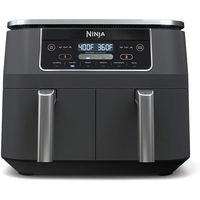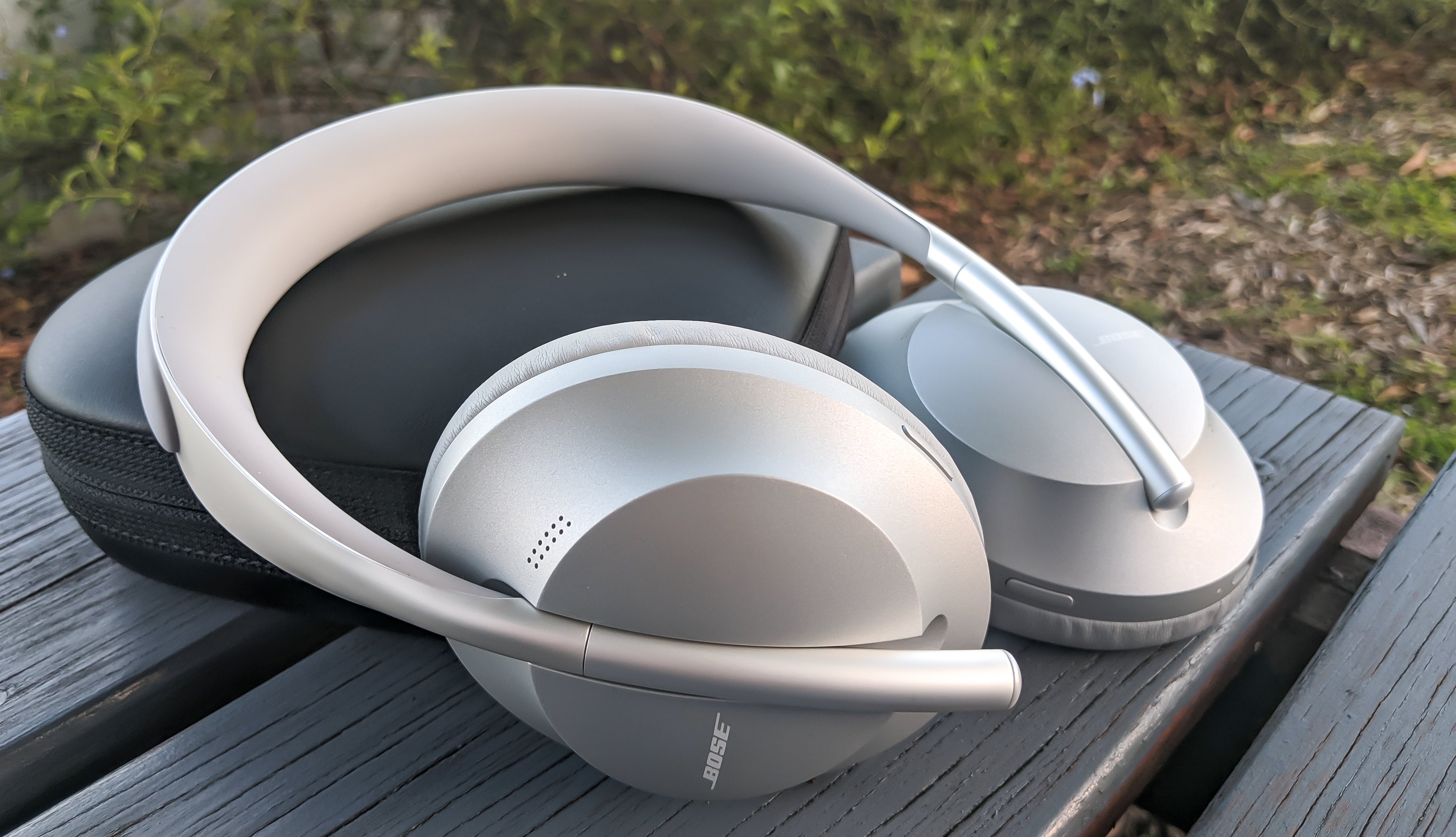7 common mistakes everyone makes with a slow cooker
Avoid these slow cooker mistakes at all costs
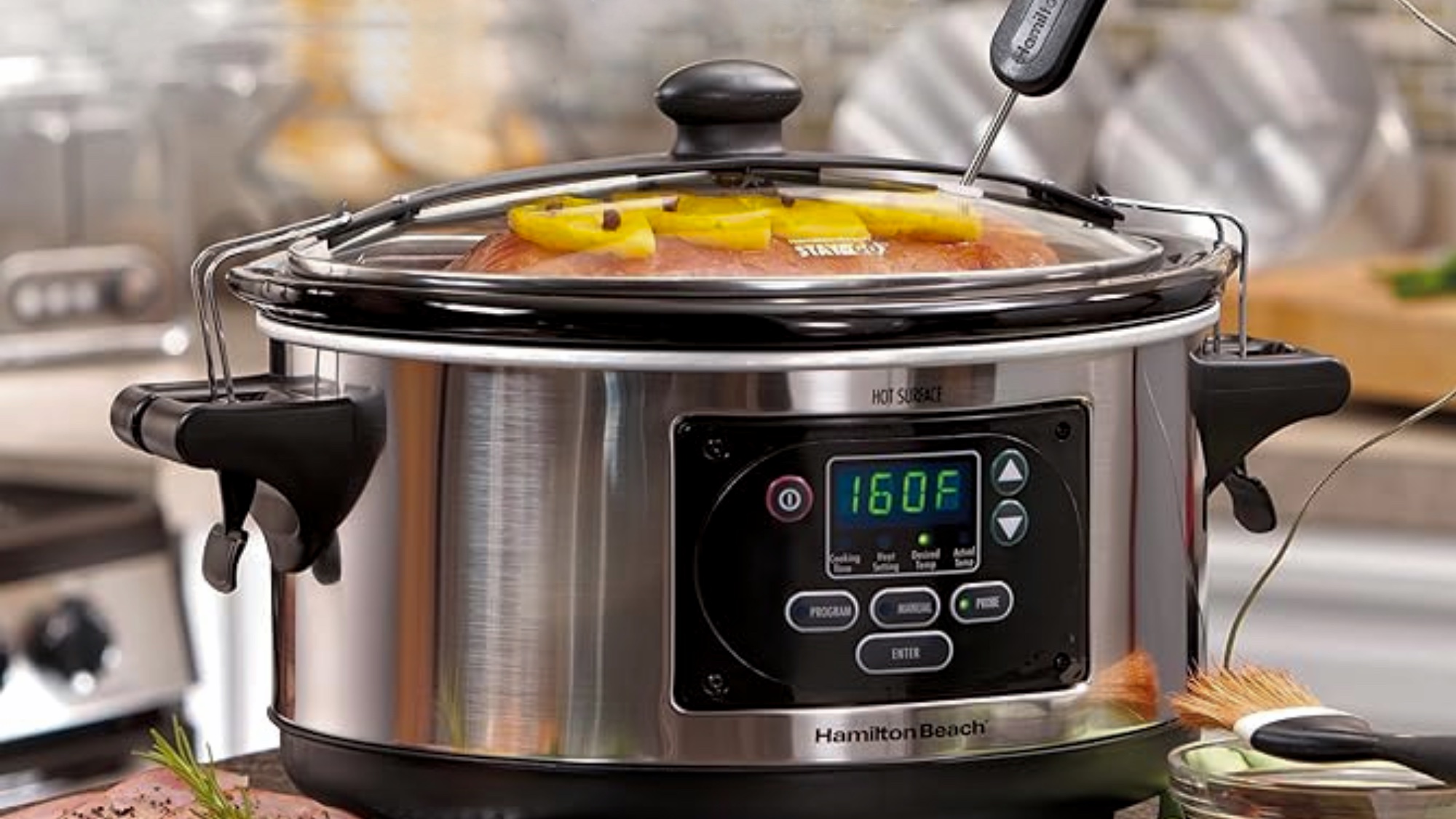
A slow cooker is a must-have appliance if you enjoy making tasty, hearty recipes or batch cooking meals for the family. And similar to having one of the best air fryers, or best Instant Pots, these handy countertop appliances are convenient, easy to use, and can produce tasty, succulent results at just a touch of a button.
But while it might seem easy enough to throw in your ingredients, pour liquid and press a button, what could go wrong? Well, a lot can — and surprisingly, there are common mistakes everyone makes with a slow cooker. Be it cooking the wrong foods, not searing your meat to sneaking a quick peek, these can all totally ruin your delicious feasts. Worse case, it might even make you sick!
So, if you want to avoid a mealtime disaster, don’t make these 7 common mistakes with a slow cooker.
1. Putting the wrong foods in
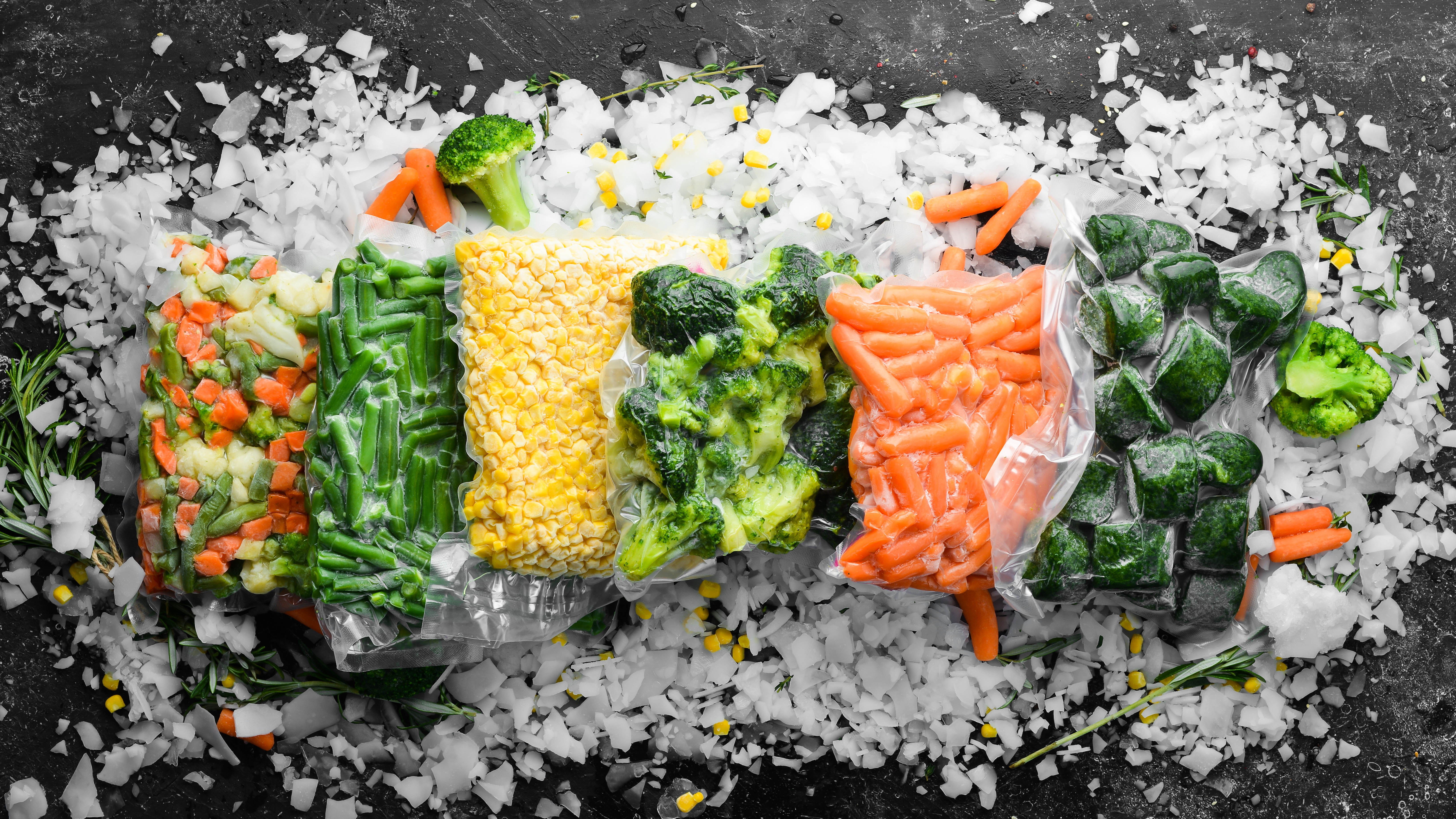
Perhaps the number one slow cooker mistake is adding things you should never put in a slow cooker. Essentially, slow cookers are designed to simmer foods at a low temperature over a long period of time. It’s this low-and-slow cooking process that creates the ideal temperature for breaking down and tenderizing tough cuts of meat or vegetables into succulent stews.
However, if you put things like thin cuts of expensive meat or seafood to cook, these won’t cope well with the cooking process and will become dry. Similarly, foods that absorb too much liquids like pasta or rice can easily overcook and just turn to mush — ruining your meals.
More importantly, never start with frozen foods in a slow cooker. Because of the lower, slow cooking temperature, food is likely to take ages to cook and in the temperature danger zone (temperature range between 40 and 140°F) for too long. This increases the risk of harmful bacteria and food poisoning. Always fully defrost foods in the refrigerator before slow cooking to ensure your food is cooked safely.
2. Using a high heat setting
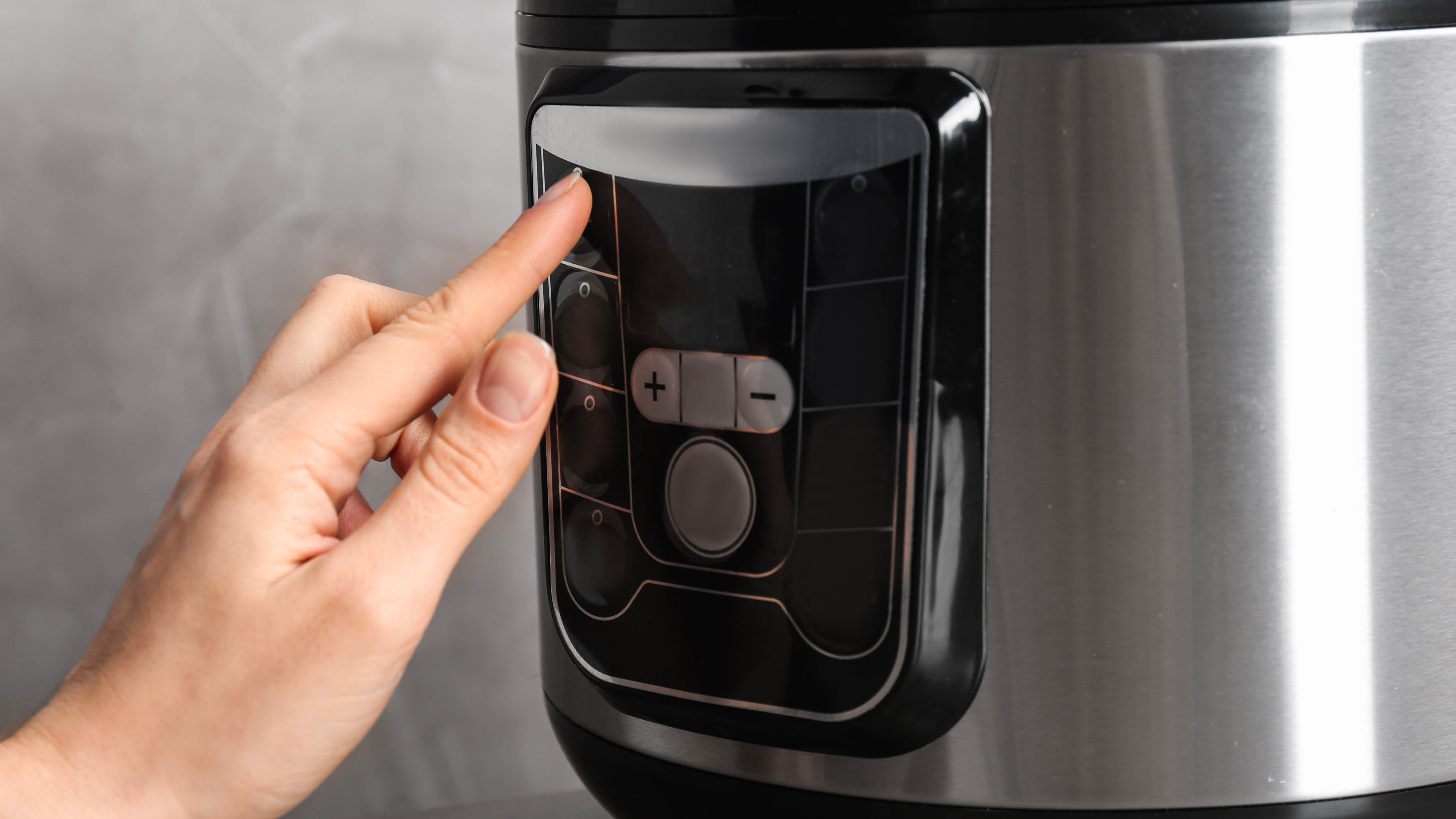
Another common slow cooker mistake is putting it on high setting, (which is usually five to six hours). Although you might be feeding a hungry family, or want to speed up the usual eight hour process on a lower setting, you could run the risk of overcooking and drying out your food.
Sign up to get the BEST of Tom's Guide direct to your inbox.
Get instant access to breaking news, the hottest reviews, great deals and helpful tips.
In addition, cooking on a high temperature for a long duration could cause your slow cooker to get too hot — causing permanent damage to the appliance.
If necessary, experts advise cooking on a high setting just for the first hour of cooking time before turning it down to low for the rest of the process. This will ensure you get that succulent and juicy texture from meals, without overcooking.
High settings are only preferable for appliances like the best air fryers to ensure that crispy texture of foods.
Ninja Foodi 8: was $284 now $275 @ Amazon
The Ninja Foodi is a household name for a reason, and this 6-in-1 DualZone offering shows you why. It looks good, has plenty of options, and you can set a different program for each basket. It's big enough for larger, family-sized portions, too.
3. Not searing your meat first
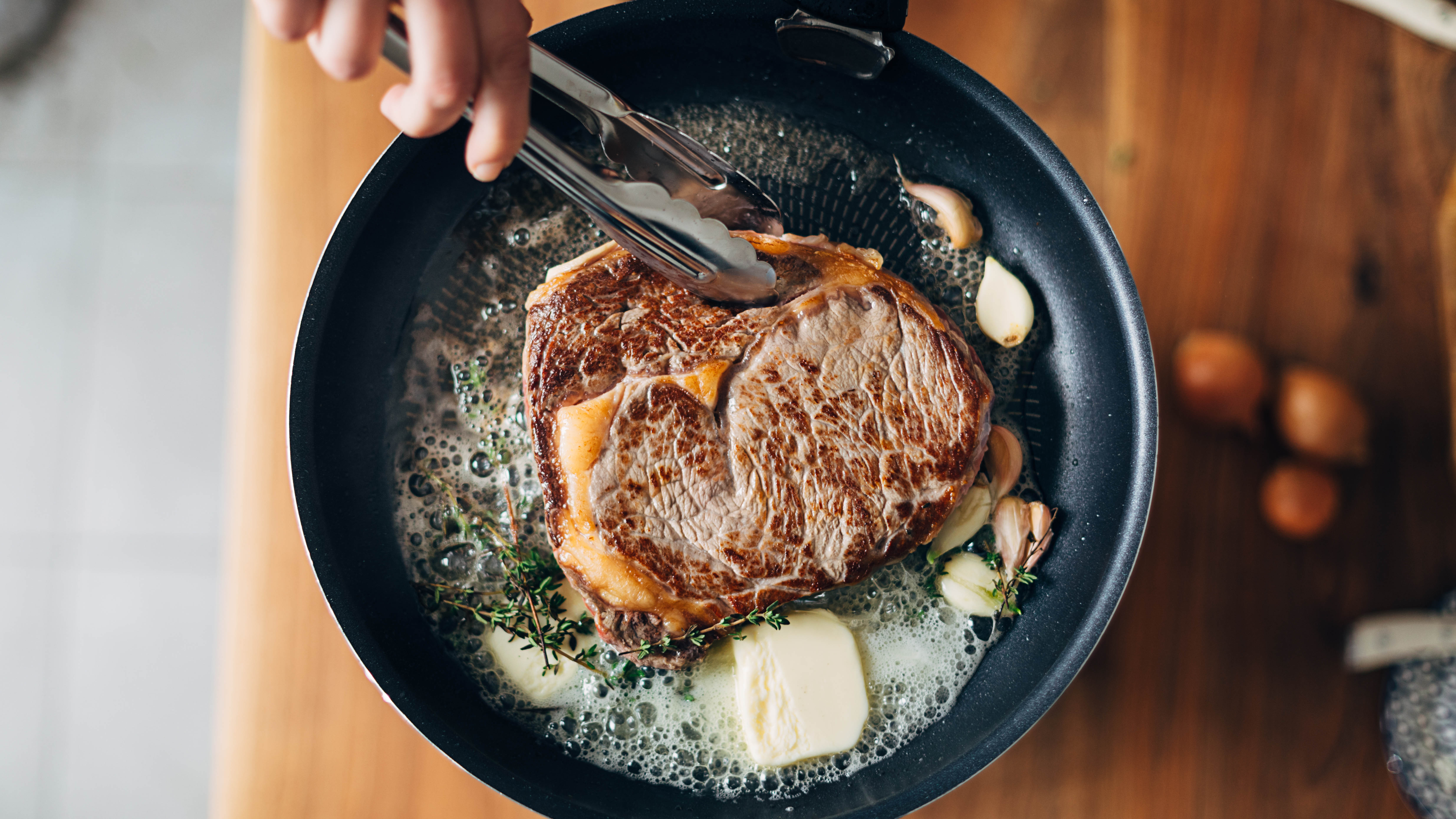
Another common mistake is not searing meat before adding it to the slow cooker — especially if you enjoy cooking hearty, delicious stews.
The process of searing/browning meat will lock in the juices to allow maximum flavor during the slow-cooked process. There are some slow cookers with a sear function to sear directly into the pot like some of the best Instant Pot multicookers, but if not, get out that frying pan for those rich, tasty flavors.
4. Overfilling the cooker
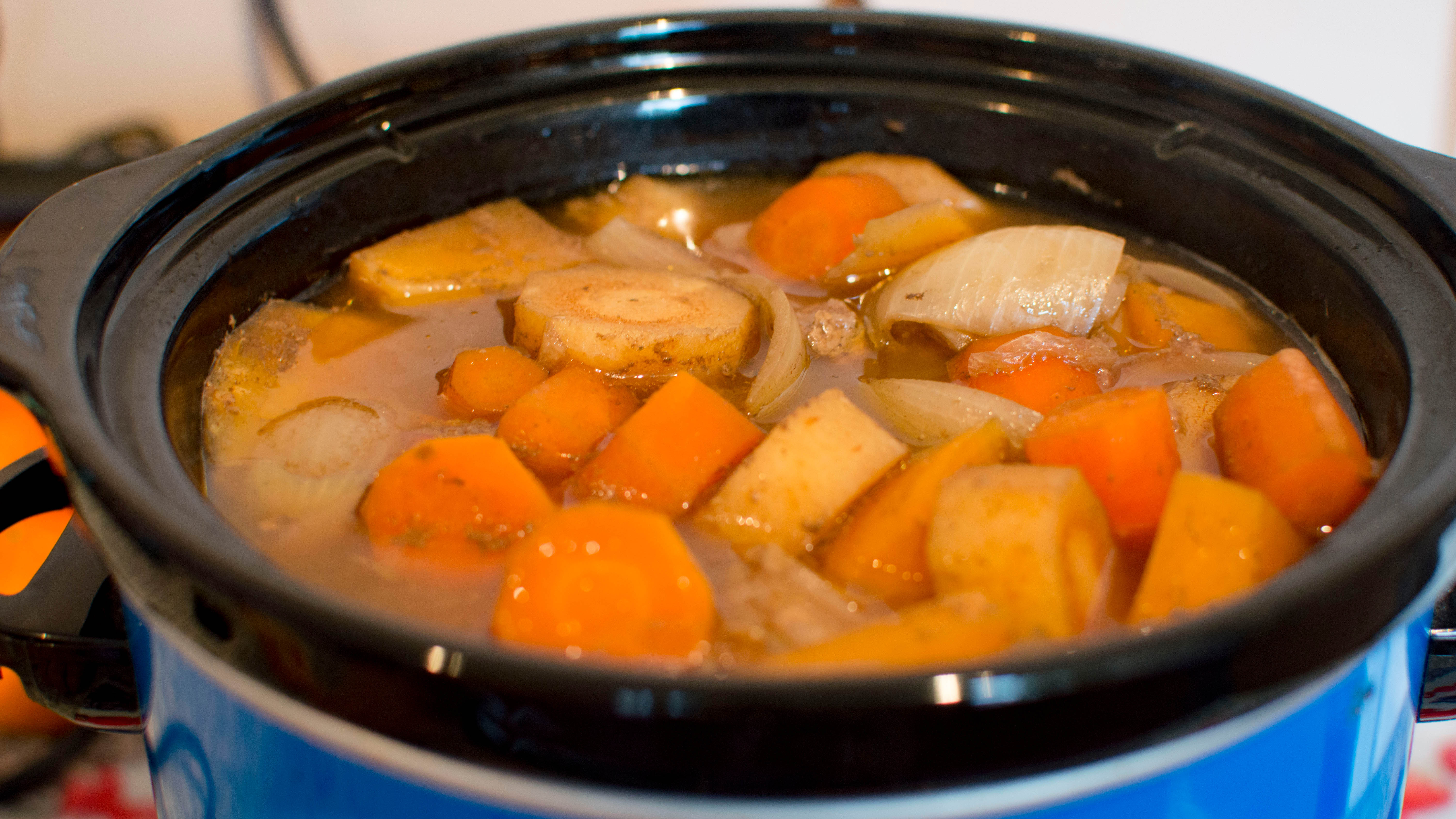
Whether you’re cooking a large, family meal or batch-cooking for the week, make sure you don’t overfill your slow cooker. The key to its method of producing tender, succulent results is having the right amount of liquid to the right quantity of food.
So, the more food you pack it with, the less effective it will be to circulate the heat properly — ending up with disappointing meals. Ideally, you should never fill the machine more than three-quarters full for recipes.
5. Not layering foods properly
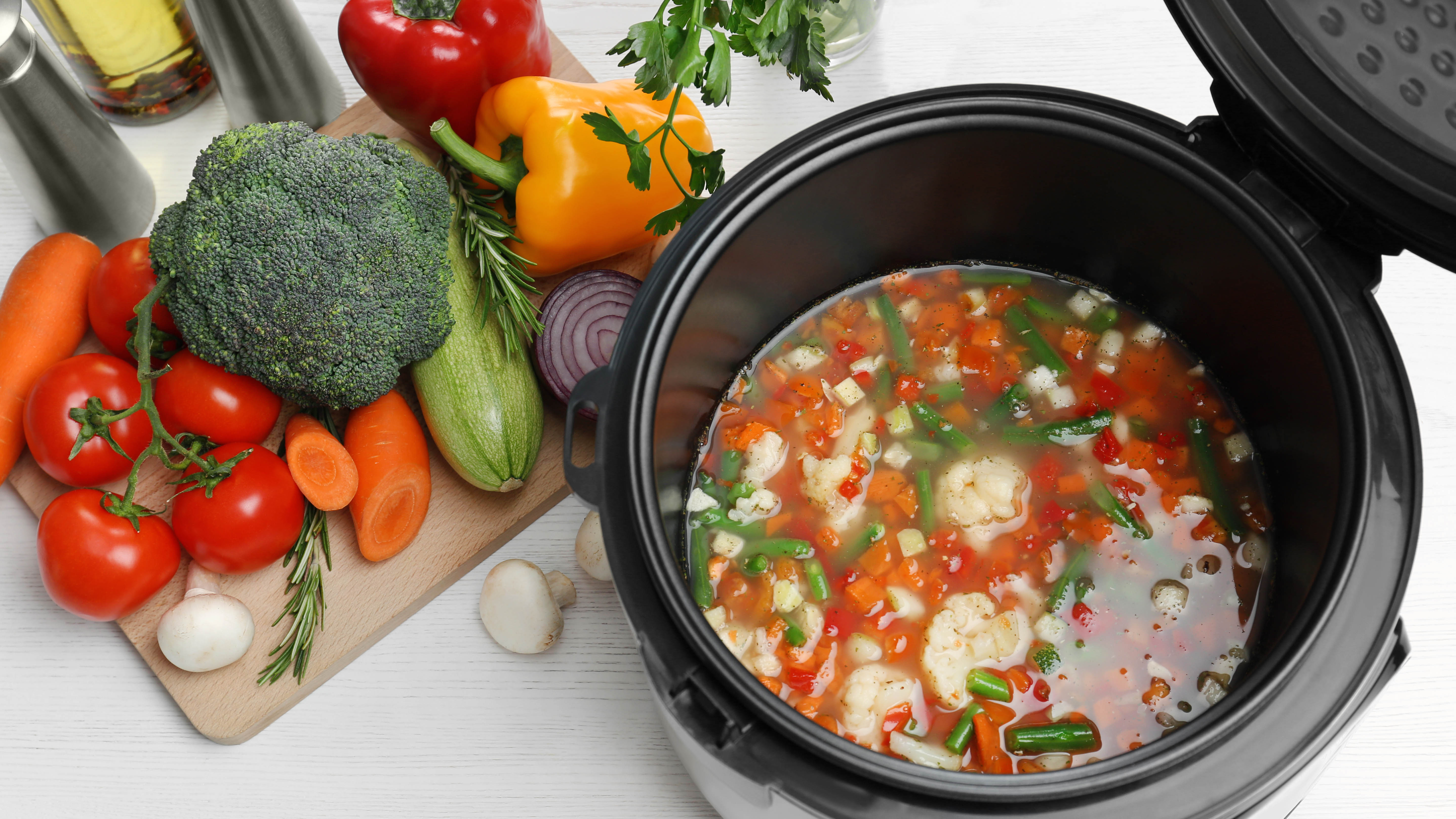
While it might seem simple enough to throw in your ingredients and liquid to slow cook, there is a method to the process. Layering the right way will allow foods to cook properly, and ensure full, rich flavors.
Experts advise that the slowest cooking items should be placed at the bottom, such as raw vegetables, followed by meats and the delicate items at the top. This method will ensure that every ingredient gets the right levels of heat to cook properly in the given time.
6. Not adding the right amount of liquid
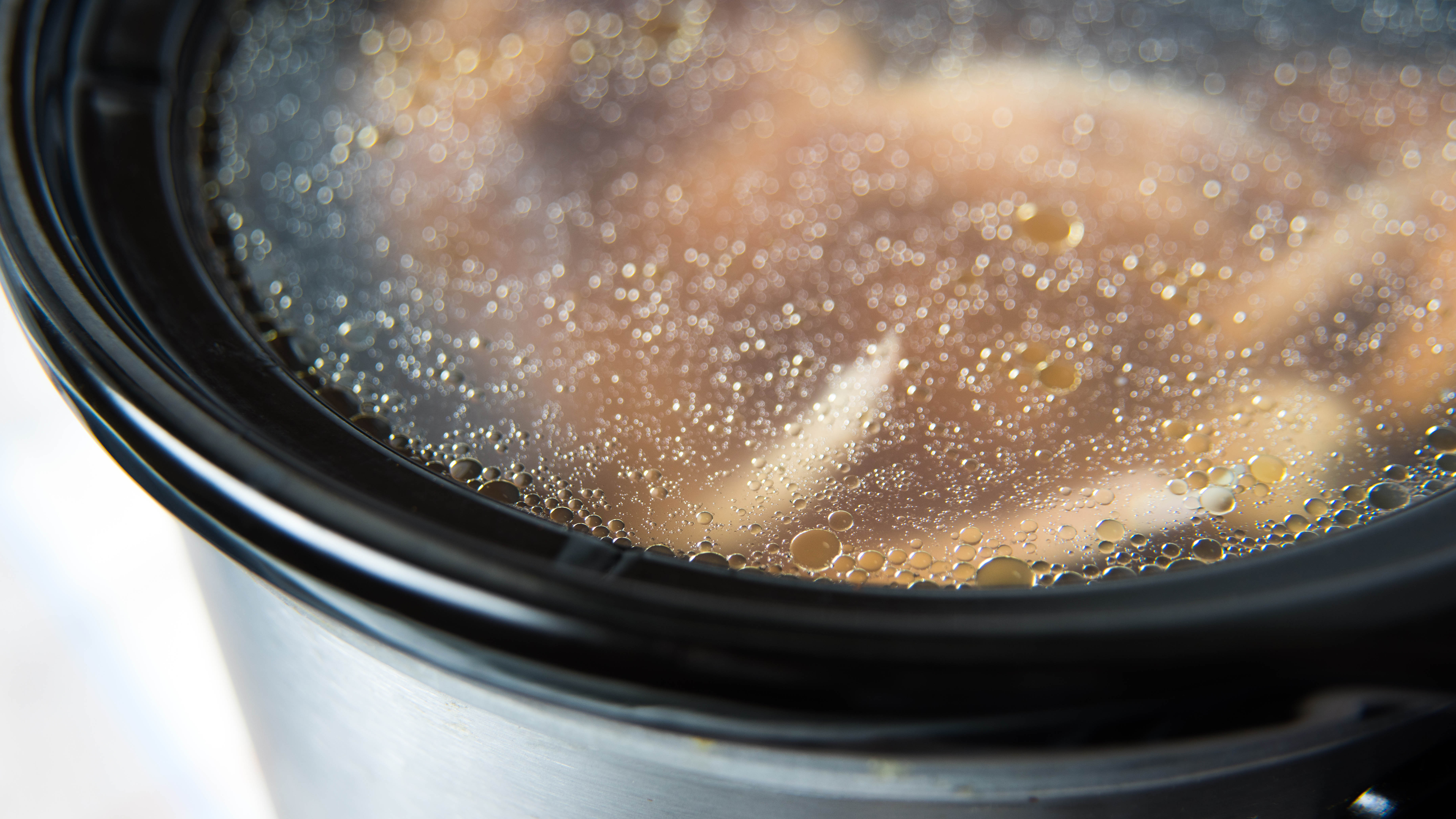
This is another common slow cooker mistake — and could make all the difference to your meals. If you add too little water, your meals will turn out dry and overcooked, while too much will literally drown your recipes or taste under-seasoned (and underwhelming!).
Slow cooker manufacturers recommend you should add liquid to fill the cookware about ½ to ¾ full. Alternatives to plain water include broth/stock, wine, or even juice, just make sure meat is fully covered in liquid, and kept on the low setting.
7. Lifting the lid to take a peek
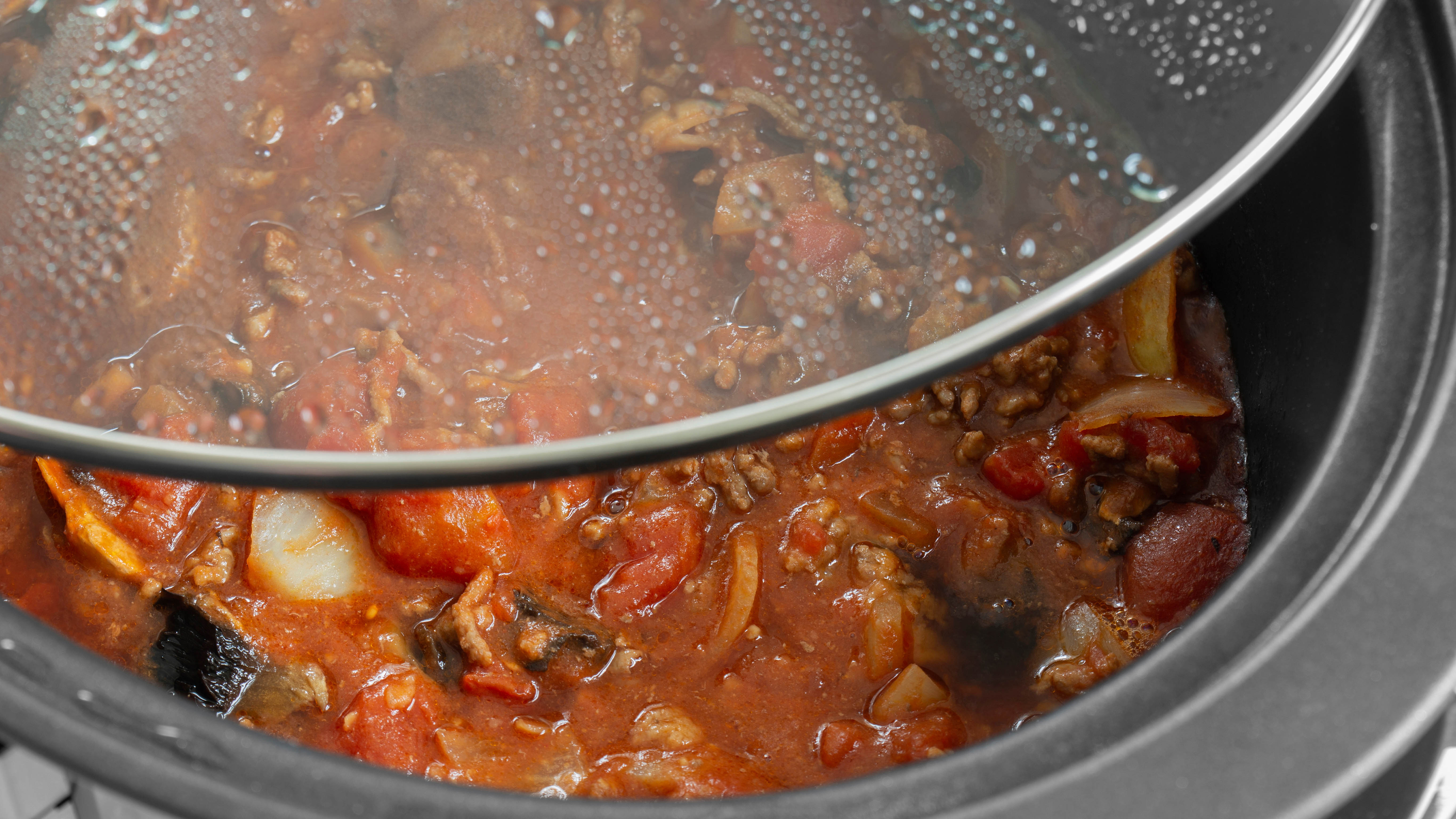
Although it may be tempting to peek at your culinary delights to see how it’s going, this is a no-no — and should be avoided. This is because slow cookers work effectively sealing in heat in order to cook food over a long period of time. So, each time you lift up the lid, the slow cooker loses a lot of heat — which takes a while to get it back.
If you do need to open the lid, keep it brief as possible. Most cookers come with glass lids to easily see inside, but if not, patience is a virtue, when it comes to slow cooking!
More from Tom's Guide

As the Homes Content Editor, Cynthia Lawrence covers all things homes, interior decorating, and garden-related. She has a wealth of editorial experience testing the latest, ‘must-have’ home appliances, writing buying guides and the handy ‘how to’ features.
Her work has been published in various titles including, T3, Top Ten Reviews, Ideal Home, Real Homes, Livingetc. and House Beautiful, amongst many.
With a rather unhealthy obsession for all things homes and interiors, she also has an interior design blog for style inspiration and savvy storage solutions (get rid of that clutter!). When she’s not testing cool products, she’ll be searching online for more decor ideas to spruce up her family home or looking for a great bargain!
-
BillCypher You lost all credibility with me when you said searing locks in the juices. That is an old wives tale and not even remotely scientifically accurate.Reply
Searing does, however, help flavor thanks to the maillard reaction.
